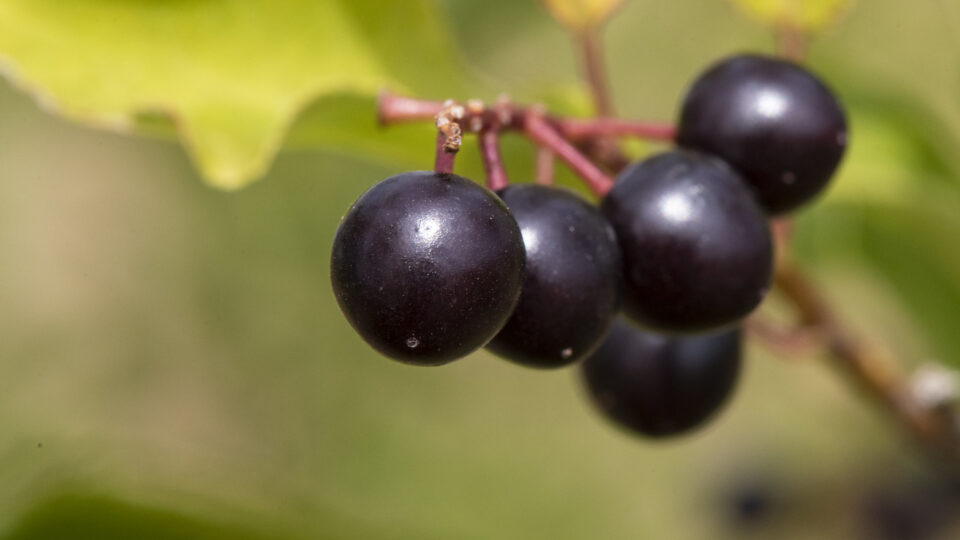The organic foods industry is one of the fastest growing agricultural segments in the United States. According to the Organic Trade Association, U.S. organic sales reached $61.9 billion in 2020, a jump of more than 12% over the previous year.
Organic food has many benefits. Organic food is free of antibiotics, growth hormones, and GMOs, and is grown using fewer pesticides. Organic farming tends to be better for the environment by reducing pollution, conserving water, reducing soil erosion, increasing soil fertility, and using less energy. And it’s also better for the health of nearby wildlife as well as the people who live close to farms.
But when it comes to promoting biodiversity in agriculture, is organic farming the only alternative to conventional agriculture? It turns out it’s not – at least according to a new study recently published in the journal Trends in Ecology and Evolution.
According to an international research team led by the University of Göttingen in Germany, a landscape mosaic of natural habitats and small-scale and diverse cultivated areas is the key to promoting biodiversity on a large scale in both conventional and organic agriculture.
According to the research team, areas cultivated to organic standards have one third more species, but don’t reach the yield level of conventional farming. This means that more land would need to be cultivated organically in order to produce the same amount of food. But as larger areas are cultivated, the advantages for biodiversity would disappear.
Landscapes with small fields, long edges, high crop diversity, and at least 20% near-natural habitats can promote biodiversity significantly more than just organic certification.
**********
Web Links
U.S. Organic Industry Survey 2021
Promoting biodiversity-friendly landscapes – beyond organic farming
Photo, posted August 29, 2019, courtesy of Lance Cheung/USDA via Flickr.
Earth Wise is a production of WAMC Northeast Public Radio.
